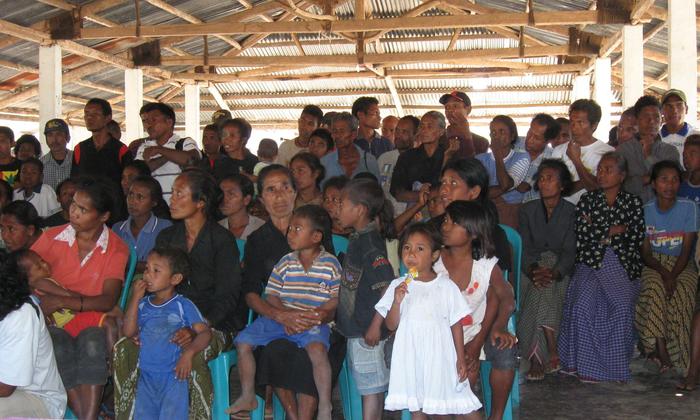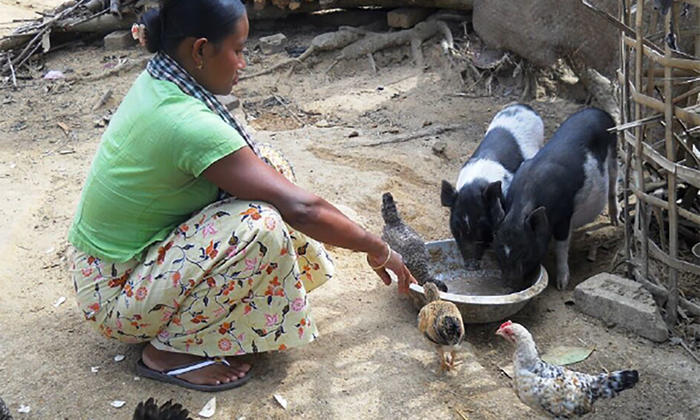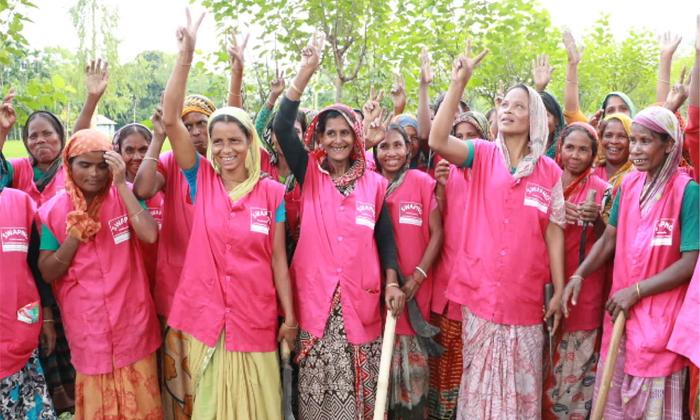Case study
Taking a value chain approach towards local economic development and women's economic empowerment in Vietnam

SDGs ADDRESSED
This case study is based on lessons from the joint programme, Vietnam: Green production and trade to increase income and employment opportunities for the rural poor
Read more
Chapters
Project Partners



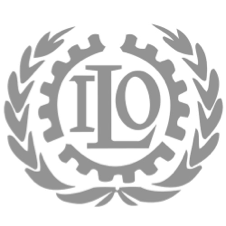

1. SUMMARY
The programme on “Green production and trade to increase income and employment opportunities for the rural poor” (the Programme) set out to strengthen the sericulture value chain in Quy Chau district of Nghe An province in Vietnam. It paid special attention to the strengthening of the Hoa Tien Textile Cooperative, a group of women weavers belonging to the Thai ethnic minority. The Cooperative was supported to enhance its productivity and profitability by improving its managerial, organizational, technical and marketing skills; increasing the availability of local raw materials; and strengthening local support services. The Cooperative contributed to enhancing women’s confidence, more acknowledgement and support from male community members and ultimately, increased income for the cooperative members and improved employment opportunities for women in the community.
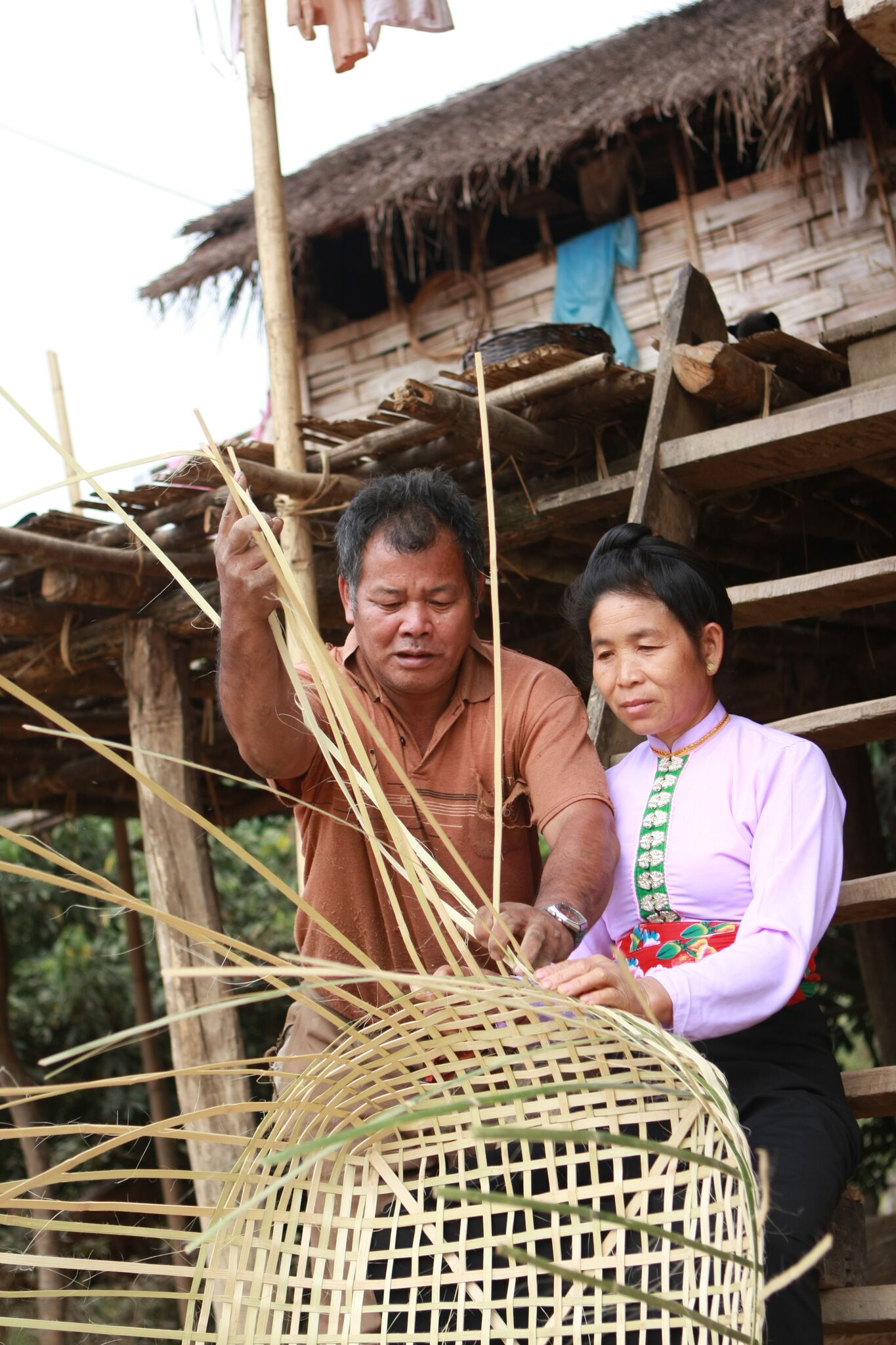
Programme beneficiaries from the Hoa Tien Textile Cooperative
2. THE SITUATION
Reducing poverty and improving livelihoods in rural areas and among ethnic minority communities had been a continual challenge in Vietnam, despite its status as a middle-income country since 2010. In rural areas of Vietnam, agriculture remained the most important economic sector. However, the income generated from farming was often not sufficient for smallholder farmers to reach an income level above the national poverty line. The collection and processing of natural raw material from forest areas and the production of handicrafts, mostly undertaken at times when farm work slowed down, constituted some of the most important sources of additional income for farmers. In fact, it was mostly the additional income generated from handicraft production that determined whether or not the smallholder farmer could lead a life below or above the national poverty line. Between 65-80 per cent of the household craft producers were women. Craft production was predominantly practiced at home and women could therefore combine it easily with their other responsibilities, such as farm work and family care.

Textile weaving in Ouy Chau
There was overwhelming evidence that, since women were mainly responsible for ensuring the well-being of their family, women’s economic empowerment had a direct impact on the overall quality of life of their family and could contribute to poverty reduction and accelerated economic growth. However, opportunities for women to start and expand successful businesses were limited. Women faced obstacles to obtain technical and managerial skills due to their limited access to education and training. Although training programmes on starting or improving a business were available in Vietnam, most of them were designed for those with a certain degree of formal education. Moreover, access to finance was very limited for poor people, especially women. Furthermore, women tended to work significantly longer hours than men, being the primary caretakers of the family household. This left them little time to attend training, seek support from networks and institutions to improve their business or commercialize their products outside their villages. As a result, many low-income women faced a continuous struggle to increase income from their business.
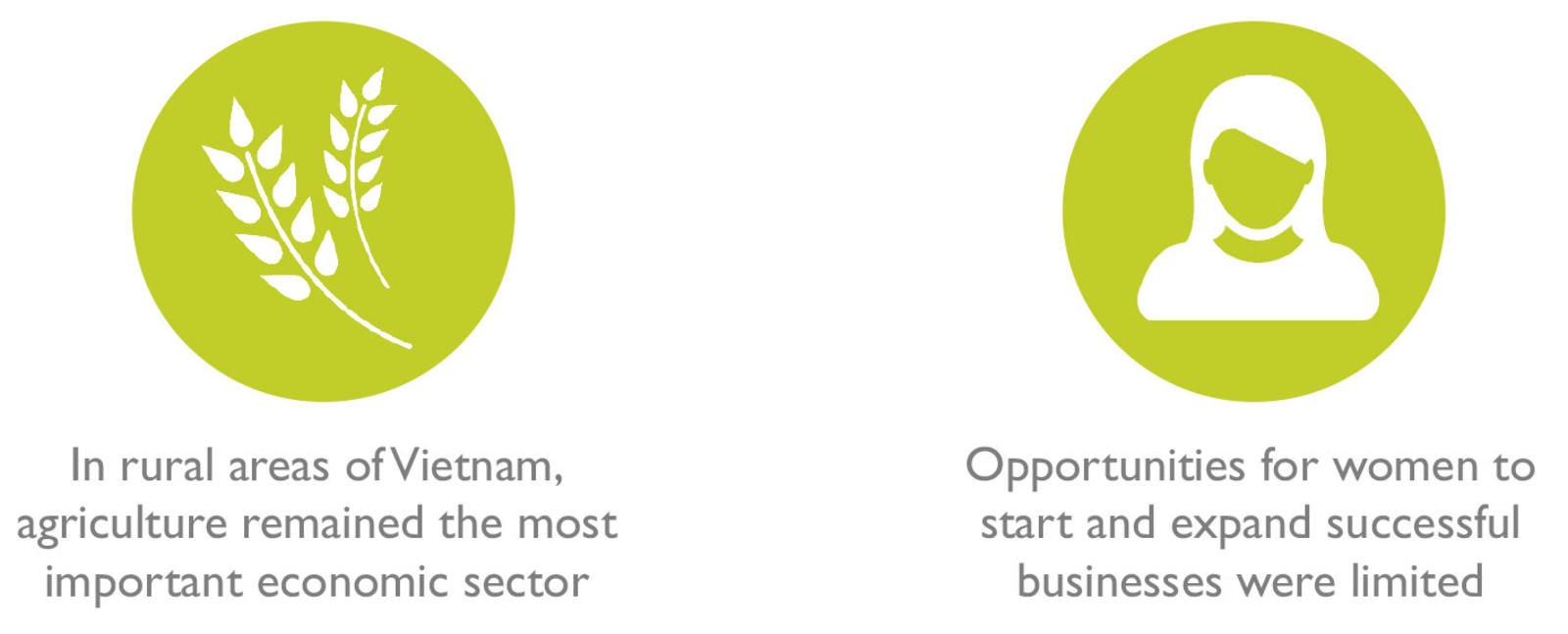
3. STRATEGY
The Programme aimed at increasing family income while preserving the handicrafts cultural tradition. It used a value chain approach to develop more integrated, pro-poor, and environmentally sustainable “green” value chains. The main method was to enable raw craft material growers and collectors and grassroots handicrafts and furniture producers to improve their skills and products, and link these to more profitable markets.
The Programme considered value chains within the handicrafts sector of particular importance and relevance to the poor and ultimately selected bamboo/rattan, sericulture, sea grass, lacquer ware, and handmade paper as the target value chains.
The Programme used the value chain approach to improve the livelihoods of the people in Hoa Tien Textile Cooperative, through the strengthening of the sericulture and brocade value chain. As the first step, a detailed value chain analysis was conducted at the start of the Programme, which identified various challenges at different stages of the value chains. Based on this analysis, a comprehensive and integrated plan for support was developed. The plan included promotion of decent work practices, technical skills training, gender equality and entrepreneurship development, access to business support services and finance, and access to markets. This was combined with initiatives to enhance the capacity of relevant institutions to promote women’s empowerment and workers’ rights, and to increase women’s participation and leadership in the value chain. Strengthening of the Hoa Tien Cooperative was the centrepiece of the Programme.

Products from the Hoa Tien Textile Cooperative being exhibited at the Vietnam Lifesytle Expo 2011
4. RESULTS AND IMPACT
Increased confidence and better negotiation power by the Cooperative board members: As a result of their participation in various trainings and trade fairs, Hoa Tien Textile Cooperative members, especially the board members, gained renewed confidence in working and communicating with people outside of Chau Tien commune. They were better able to negotiate with customers. They travelled to Ha Noi to deliver their products at least once a month and actively participated in festivals or trade fairs held locally or nationally to find new customers. In addition, with increased confidence and negotiation skills, the Cooperative members gained new clients from different cities in Vietnam as well as from other countries, such as Japan.

Programme beneficiary
Increased jobs in the local area through the increased sale of their products: Thanks to its participation in trade fairs, the Hoa Tien Textile Cooperative could connect and negotiate with national and international buyers to receive new orders. This translated into more brocade production and, consequently, more jobs. With the increased sales, the Cooperative also expanded its membership: Three new women weavers joined the cooperative in 2012, and there were plans to expand with 10 more members by 2015.
Increased income from brocade weaving among cooperative members: Gradual increase in orders, combined with reduced material and production costs due to increased availability of raw materials and improvements in the production process, translated into more benefits to Hoa Tien Textile Cooperative members: an increase of 125-167 per cent in their average income from 2009. In addition, each household managed their finances better by monitoring the cash flow and regularly allocating some money for savings, to prepare for emergencies or future expenditures.

Increased income from mulberry cultivation: The weavers were able to produce silk yarns using the mulberry leaves and silkworms grown locally, and were able to gain additional income. The availability of local raw materials was particularly important for the Hoa Tien Textile Cooperative, located far from the nearest city (200 km) and not easily accessible. An interesting type of barter trade also emerged in the community. Those without mulberry trees traded their silk worms to receive the mulberry leaves necessary for raising silk worms, while women with mulberry farms traded leaves for silk worms.
Increased men’s support of women in brocade production and with household responsibilities: The community had a tradition of men and women sharing the workload, decision-making and income to support each other, yet men’s involvement in brocade production had been limited, as it was traditionally considered to be the domain of women. However, with increased realization of the importance of brocade production for income generation and improved livelihoods, men began more actively supporting women in sericulture and brocade production as well as with household responsibilities.
Increased capacity of local service providers and linkages: Local institutions provided better support to local women and men to improve local enterprises and promote gender equality. Provincial officials were able to identify and address gender-specific constraints in their work. Additionally, by having officials train rural women entrepreneurs, a strong linkage between the local service providers and the Hoa Tien Textile Cooperative was established. As a result, the Cooperative Alliance regularly supported the Cooperative by sharing information on trade fairs and subsidizing the fee for trade fair participation.

5. CHALLENGES
- The handicrafts sector as a driver for local development: Policy makers tended to give priority to the development of heavy industries and to overlook the handicrafts sector and rural small-scale enterprises. However, the Programme proved that supporting the traditional handicrafts sector, which has high cultural value, could contribute to create jobs and promote local economic development in rural areas.
- Understanding the value of women’s economic empowerment for business: The handicrafts sector employed mostly women. Supporting rural women’s enterprises at different stages of the value chain was particularly meaningful and effective in empowering women and, thus, increasing family income and well-being and promoting local economic development.
- Realizing the importance of gender analysis: The Programme did not carry out a gender analysis. Lack of information on gender relations did not cause much difficulty in the case of the Hoa Tien Textile Cooperative, since the Chau Tien community was relatively more equitable than the average Vietnamese community in terms of gender due to the traditions of the Thai ethnic group. Nevertheless, this situation was not one that should have been taken for granted.
- Men’s involvement: In this Programme, capacity building interventions targeted only women. However, we realized that for future interventions it is important to target both women and men, conducting gender awareness training for all the actors involved in the value chain and ensuring men’s involvement in promoting gender equality

6. LESSONS LEARNED
- A value chain approach to local economic empowerment was an effective strategy to empower poor household producers and to promote local economic development. Strengthening a value chain required technical expertise specific to the type of businesses as well as to different steps of the value chain. Interventions touched upon a wide range of areas including agriculture, work safety, gender equality and entrepreneurship development, cooperative management, product design, market linkages, and fair trade. Different UN agencies, including FAO, ILO, ITC, UNIDO and UNCTAD joined together, and with their national implementing partners, provided technical support according to each agency’s strengths and expertise. Since it is impossible for one agency to provide technical support in all these areas, it was imperative to mobilize support by collaborating and coordinating with different institutions.
- The Programme organized and strengthened a group of household producers. They were then able to improve their business by lowering production costs through collectively purchasing raw materials and reducing transportation costs by collectively organizing transportation to sell products at trade fairs and markets.
- Transfer of new knowledge and skills to women in rural areas by women from within their community was particularly useful in ethnic minority villages as they spoke the same language and could communicate smoothly. This was particularly important as access to training opportunities and capacity-building interventions was limited in remote rural and ethnic minority areas.
- The establishment of local platforms to foster ownership and enhanced coordination was pivotal for future sustainability. The Provincial Advisory Board, established with the support of the Programme, brought together relevant provincial stakeholders and played a key role in identifying and mobilizing sources of provincial funding to sustain and replicate the Programme’s achievements.
- A network of local experts/trainers provided invaluable help to the Programme. Prioritizing the delivery of training to companies and households and involving local trainers and service providers contributed to better service provision.

Programme beneficiary
7. SUSTAINABILITY AND POTENTIAL FOR REPLICATION
Comprehensive support to strengthen the sericulture value chain in Chau Tien brought many positive changes in the lives of women and men in the village, including increased income, improved working conditions, improved earning opportunities and enhanced confidence among women. With their improved knowledge, skills and networks, it is likely that Hoa Tien Textile Cooperative will continue to improve their business activities while maintaining an important tradition. The model of strengthening value chains in which women were the predominant actors proved to be an effective approach in empowering women and improving their livelihoods, when conducted in collaboration with various UN agencies contributing their expertise.
Although running a business is never without challenges, and the women from Hoa Tien will continue to face new challenges in the future, they are now equipped with new skills and knowledge, as well as networks and business linkages established through their participation in the Programme. With renewed confidence, they are capable of managing the Cooperative and improving the income and livelihoods of its members and their families.

Programme beneficiary

